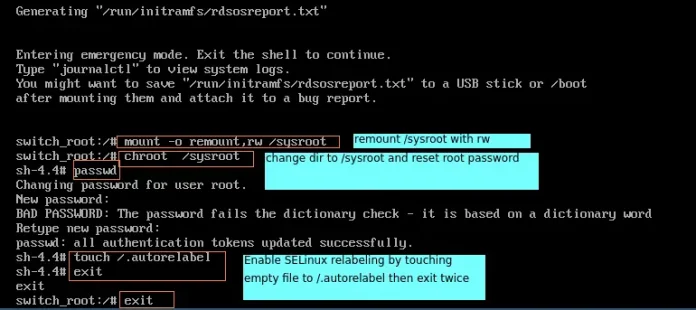Matplotlib is a library in Python and it is numerical – mathematical extension for NumPy library. Pyplot is a state-based interface to a Matplotlib module which provides a MATLAB-like interface. There are various plots which can be used in Pyplot are Line Plot, Contour, Histogram, Scatter, 3D Plot, etc.
matplotlib.pyplot.cohere() Function:
The cohere() function in pyplot module of matplotlib library is used to plot the coherence between x and y. Coherence is the normalized cross spectral density.
Syntax: matplotlib.pyplot.cohere(x, y, NFFT=256, Fs=2, Fc=0, detrend=, window=, noverlap=0, pad_to=None, sides=’default’, scale_by_freq=None, *, data=None, **kwargs)
Parameters: This method accept the following parameters that are described below:
- x, y: These parameter are the sequence of data.
- Fs : This parameter is a scalar. Its default value is 2.
- window: This parameter take a data segment as an argument and return the windowed version of the segment. Its default value is window_hanning()
- sides: This parameter specifies which sides of the spectrum to return. This can have following values : ‘default’, ‘onesided’ and ‘twosided’.
- pad_to : This parameter contains the integer value to which the data segment is padded.
- Fc: This parameter is also contains the integer value to offsets the x extents of the plot to reflect the frequency range. Its default value is 0
- NFFT : This parameter contains the number of data points used in each block for the FFT.
- detrend : This parameter contains the function applied to each segment before fft-ing, designed to remove the mean or linear trend {‘none’, ‘mean’, ‘linear’}.
- scale_by_freq : This parameter is allows for integration over the returned frequency values.
- noverlap : This parameter is the number of points of overlap between blocks.
- Fc : This parameter is the center frequency of x.
Returns: This returns the following:
- Cxy:This returns the coherence vector..
- freqs :This returns the frequencies for the elements in Cxy.
The resultant is (Cxy, freqs)
Below examples illustrate the matplotlib.pyplot.figure() function in matplotlib.axes:
Example #1:
# Implementation of matplotlib function import numpy as np import matplotlib.pyplot as plt dt = 0.01t = np.arange(0, 30, dt) nse1 = np.random.randn(len(t)) nse2 = np.random.randn(len(t)) s1 = 1.5 * np.sin(2 * np.pi * 10 * t) + nse1 s2 = np.cos(np.pi * t) + nse2 plt.cohere(s1, s2**2, 128, 1./dt) plt.xlabel('time') plt.ylabel('coherence') plt.title('matplotlib.pyplot.cohere() Example\n', fontsize = 14, fontweight ='bold') plt.show() |
Output:
Example-2:
# Implementation of matplotlib function import numpy as np import matplotlib.pyplot as plt dt = 0.01t = np.arange(0, 30, dt) nse1 = np.random.randn(len(t)) nse2 = np.random.randn(len(t)) r = np.exp(-t / 0.05) cnse1 = np.convolve(nse1, r, mode ='same')*dt cnse2 = np.convolve(nse2, r, mode ='same')*dt s1 = 1.5 * np.sin(2 * np.pi * 10 * t) + cnse1 s2 = np.cos(np.pi * t) + cnse2 + np.sin(2 * np.pi * 10 * t) fig, [ax1, ax2] = plt.subplots(2, 1) ax1.set_title('matplotlib.pyplot.cohere() Example\n', fontsize = 14, fontweight ='bold') ax1.plot(t, s1, t, s2) ax1.set_xlim(0, 5) ax1.set_xlabel('time') ax1.set_ylabel('s1 and s2') ax1.grid(True) ax2.cohere(s1, s2, 256, 1./dt) ax2.set_ylabel('coherence') plt.show() |
Output:







